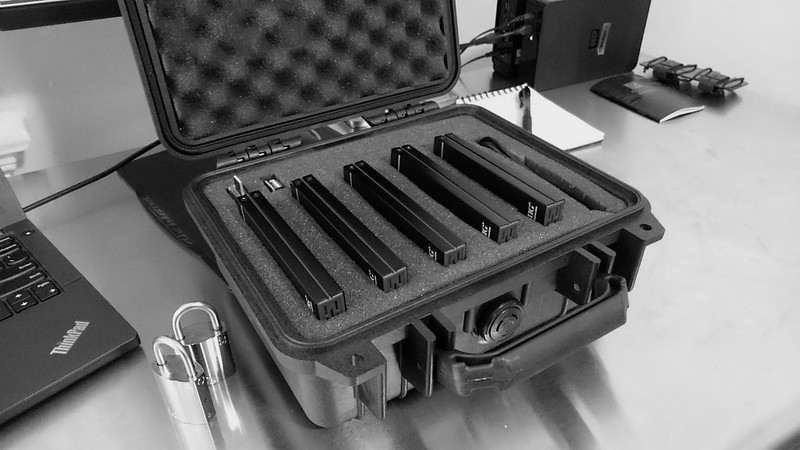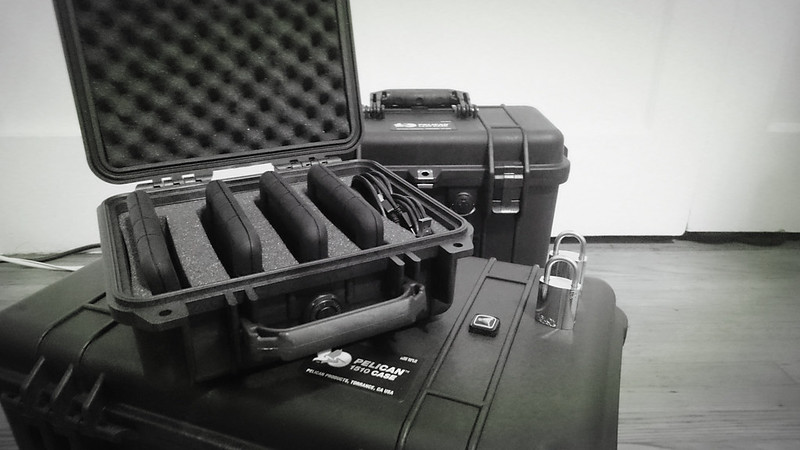On E-Books
The Kindle Paperwhite has been my primary medium for consuming books since the beginning of 2014. E Ink is a great display technology that I wish was more wide spread, but beyond the fact that the Kindle (and I assume other e-readers) makes for a pleasant reading experience, the real value in electronic books is storage.
At its peak my physical collection was somewhere north of 200 books. As I mentioned years ago I took inspiration from Gary Snyder’s character in The Dharma Bums and stored my books in milk crates, which stack like a bookcase for normal use and kept the collection pre-boxed for moving. But that many books still take up space, and are still annoying to move. And in some regards they are fragile – redundant data storage is expensive in meatspace.
My digital library currently sits at 572 books and 13 gigabytes (the size skyrocketed after I began to archive a few comics). I could not justify that many physical books in my life. I still have a collection of dead trees, but I’m down to 3 milk crates. I store my digital library in git-annex, allowing me to redundantly replicate my collection across the globe, as well as keep copies in cold storage. I also burn yearly optical backups of the library to M-DISC. The library is managed with Calibre.
When I first bought the Kindle it required internet access to associate with my Amazon account. Ever since then, it has been in airplane mode. I spun up a temporary wireless network for the setup that I then deleted after the process was complete, ensuring that even if Amazon’s airplane mode was untrustworthy, the device would not be able to phone home. The advantages of giving the Kindle internet access seem minute, and are far outweighed by the disadvantage of having to trust Amazon.
If I purchase a book from Amazon, I select the “Download & Transfer via USB” option. This results in a crippled AZW file. I am under the radical delusion that I should own what I purchase, so I import that file into Calibre using the DeDRM_tools plugin. This strips any DRM, making the book ready to be consumed and archived. Books are transferred between my computer and the Kindle via USB, which Calibre makes simple.
When I acquire books through other channels, my preferred format is always EPUB: an open format that is simply a zip archive of HTML files. Calibre’s built-in conversion tools are quite good, giving me confidence that any e-book format I import into the library will be readable at any point in the future, but my preference is to store data in formats that are open, accessible, and understandable. The closer one gets to well-formatted plain text, the closer one gets to god.
While the Kindle excels at the linear reading of novels, I’ve also come to appreciate digital copies of reference books and technical manuals. Often the first reading of these types of books involves lots of flipping back and forth, which is easier in the dead tree variant, but after that first reading the searchability of the digital copy is far more useful for reference. The physical size of these types of books also makes them even more difficult to carry and store than other books, all but guaranteeing you won’t have access to them when you need to reference them. Digital books solve that problem.
I’m confident in my ability to securely store digital data. Whenever I import a book into my library, I know that I now have permanent access to that knowledge for the rest of my life, regardless of environmental disaster, the whims of publishing houses, or the size of my living quarters.

